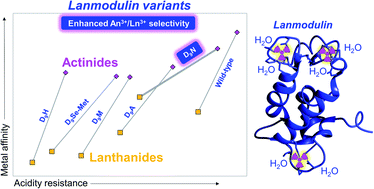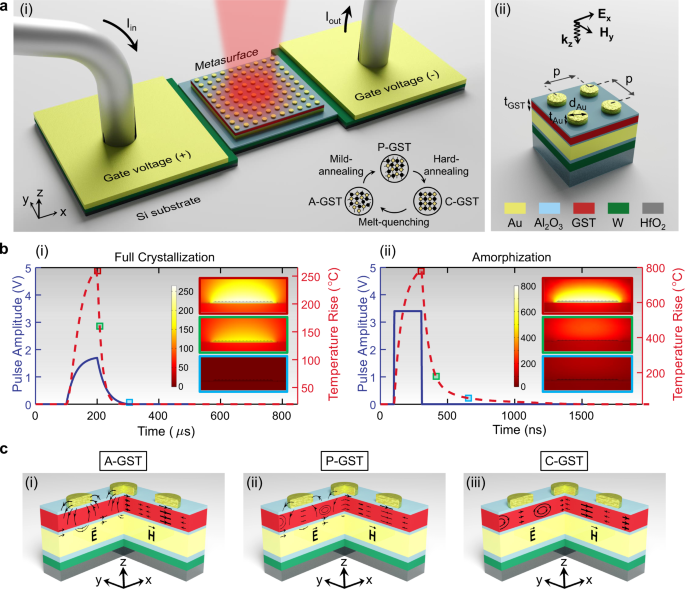オーストラリアとブリティッシュコロンビアの炎を衛星と地上から観測し、モデルの解像度を向上させることに成功 Satellite- and ground-based observations of Australia and British Columbia blazes help increase resolution of models
2022-05-17 アメリカ・ロスアラモス国立研究所(LANL)
2017年にブリティッシュ・コロンビア州で、2019年から2020年にかけてオーストラリアで発生したメガファイヤーでは、成層圏に大量の煙が噴出し、こうした大火災を衛星と地上から初めて詳細に測定することができた。そのデータを検証のために使用し、ロスアラモス国立研究所主導のチームは、煙が低層大気から高層成層圏に上昇し、その後地球を循環する際の挙動と影響をモデル化しました。この研究成果は、Journal of Geophysical Research – Atmospheresに掲載されました。
<関連情報>
- https://discover.lanl.gov/news/0516-megafire-smoke-impacts
- https://agupubs.onlinelibrary.wiley.com/doi/10.1029/2021JD036249
2017年カナダと2019/2020年オーストラリアのメガファイヤーによる成層圏の煙量と寿命の対比。グローバルシミュレーションと衛星観測の比較 Contrasting Stratospheric Smoke Mass and Lifetime From 2017 Canadian and 2019/2020 Australian Megafires: Global Simulations and Satellite Observations
Gennaro D’Angelo,Steve Guimond,Jon Reisner,David A. Peterson,Manvendra Dubey
Journal of Geophysical Research – Atmospheres Published: 04 May 2022
DOI:https://doi.org/10.1029/2021JD036249

Abstract
Stratospheric injections of carbonaceous aerosols and combustion gases by extreme wildfires have become increasingly common. Recent “megafires,” particularly large and intense fires, delivered particulate burdens to the lower stratosphere comparable to those of moderate volcanic eruptions. The 2017 Canadian megafire generated four large Pyrocumulonimbi (pyroCbs), injecting up to ≈0.3 Tg of smoke in the lower stratosphere. Even more extreme, the 2019/2020 Australian event produced a pyroCb activity resulting in stratospheric smoke intrusions of ≈1 Tg. To understand their contrasting behavior, we present global climate simulations of the atmospheric response to these events, applying smoke burdens informed by remote observations. Model outcomes, compared to satellite data of smoke transport, reproduce reasonably well the initial plume rise, at 0.2–0.3 km/day, attaining heights of ≈20 km in Canada and above 30 km in Australia. Global dispersal of the plume occurs within about 3 weeks in both cases, consistent with observations. Smoke removal timescales, ≈5 months for the Canadian megafire, agree with remote measurements. During the Australian megafire, observations indicate stratospheric injections three times as large, and models predict comparatively longer smoke lifetimes, ≈16 months. After the latter event, atmospheric optical depths and radiative cooling achieved values close to those measured following the Pinatubo eruption. Sensitivity tests of model assumptions indicate, in accord with prior studies, that smoke burden, injection heights, and black carbon content can determine plume evolution and possible climate impacts. An empirical relation between peak heights of stratospheric plumes and lifetimes is derived that can help assess megafire impacts on the stratosphere, climate and the Earth system.



